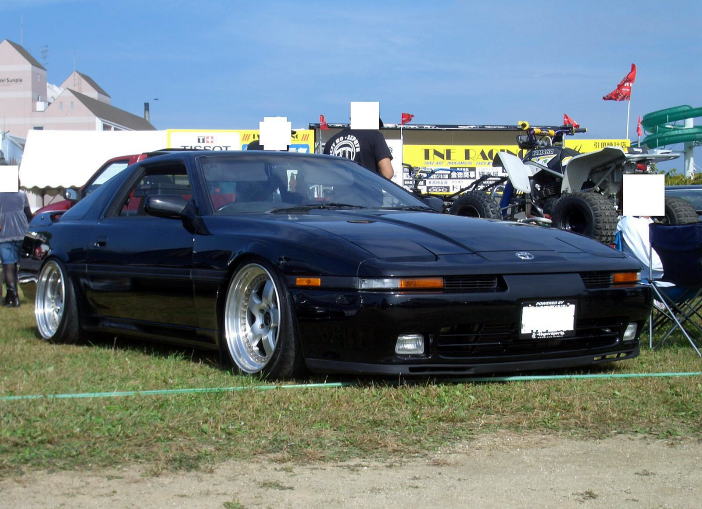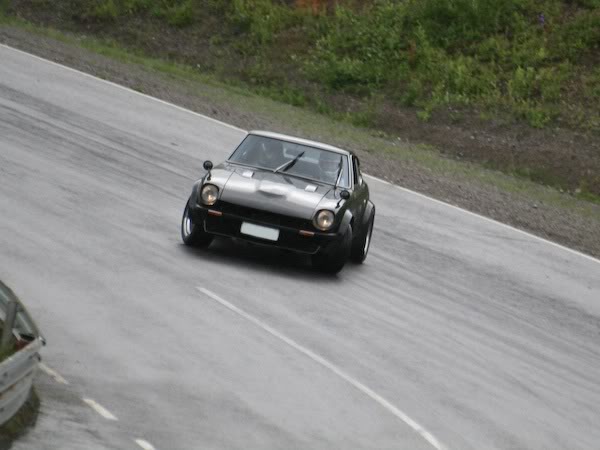In Tip #6 I told people to keep regular tabs on their car manufacturers. Continuing that same line of thought, this post will be dedicated to spreading awareness of recent recalls and car issues.
TOYOTA Prius
The Office of Defects Investigation has received a few dozen reports of defective brake performance on the model, most dated within the past two months. An example of owner feedback is the report from an owner of a new 2010 Prius with 400 miles on the odometer who states, “When the car goes over an uneven or bumpy [surface,] the car accelerates or lurches forward….this has occurred at least four times.” Others report a “disturbing lag,” “jerky brakes” and “the brakes feel like they cut out for a brief (well under a second) period.”
One driver suggests that the car’s change-over from regenerative to friction braking could be the cause of the problem.
NHTSA has not yet opened an official investigation into the issue. The Detroit Bureau blog quoted a Toyota spokesperson as saying the company is “aware of the complaints filed with NHTSA” and that “We are investigating the issue based on internet traffic, customer comments to Toyota Customer Relations, and NHTSA complaints. It is too early to speculate the final conclusion(s) of our investigation and subsequent actions.”
Posted on December 28, 2009; Credited to Insideline
BMW Mini Cooper
BMW is recalling 205 2010 Mini Cooper and Mini Cooper S vehicles because incorrect tire information could affect the durability of the tires and the stability of the vehicle, increasing the risk of a crash, according to the National Highway Traffic Safety Administration.
“The affected vehicles were equipped with 17-inch wheels, but their label states that they were equipped with 16-inch wheels,” said NHTSA in its summary of the problem. “Also, the tire pressure stated on the label for the Cooper S is incorrect. Erroneous tire information could lead to improper tire fitment and inflation, which could affect the durability of the tire and the stability of the vehicle, increasing the risk of a crash.”
BMW said it is not aware of any accidents or injuries related to the issue in other documentation filed with the federal government.
“With the release of the 17-inch wheels for the 2010 Mini Cooper and Cooper S, a simultaneous release of the corresponding 17-inch tire pressure labels did not occur,” said BMW.
Dealers will mail consumers the corrected label or customers can have their dealer install the label. The recall is expected to begin sometime in December. Owners may contact BMW at 800-831-1117.
Posted on December 21, 2009; Credited to Insideline
SUBARU Impreza
Subaru is recalling 5,724 2002-’03 Impreza WRX vehicles sold in 16 cold-weather states because fuel leaks in the fuel delivery line, in the presence of an ignition source, could result in a fire, according to the National Highway Traffic Safety Administration.
The vehicles were originally sold in or are registered in South Dakota, Nebraska, North Dakota, Minnesota, Idaho, Iowa, Montana, Colorado, Wisconsin, New York, Wyoming, Michigan, Alaska, New Hampshire, Vermont and Maine.
“During cold starts, typically under extremely cold temperatures, fuel leaks in the fuel delivery line could occur where the line connects with a rubber hose,” said NHTSA in its summary of the problem. “Fuel leaks, in the presence of an ignition source, could result in a fire.”
Customers typically complained of a fuel odor connected with the problem. No fires, crashes, injuries or deaths attributed to this defect have been reported, Subaru said.
Subaru dealers will replace the fuel line for free. The recall is expected to begin sometime in December. Subaru owners can contact the company at 800-782-2783.
For owners in the other 34 states, Subaru will extend the warranty on this fuel line/hose to 12 years/unlimited mileage. Owners in these states who smell a fuel odor can take their vehicle to a Subaru dealer for a free fuel line update, the automaker said in other documentation filed with the federal government.
Posted on December 14, 2009; Credited to Insideline
AUDI Q5 SUV
On the heels of an announcement that Audi will offer a Q5 hybrid in 2011, the German automaker has issued a recall on the 2009 Q5 SUV.
The recall, which the model’s first, affects more than 6,000 SUVs produced between Nov. 25, 2008 and June 4, 2009. It concerns a defective pillar trim cover clip that can pose a danger during airbag deployment. According to the National Highway Traffic Safety Administration’s recall notice, the A-pillar trim could “become loose when the sideguard head protection airbags deploy during crash. If this happens, a loose trim piece could injure the front seat occupants of the vehicle.”
Beginning in January, Audi will inspect and replace the clips free of charge. Owners may contact Audi at 1-800-253-2834 or call NHTSA’s Vehicle Safety Hotline at 1-888-327-4236.
Posted December 30, 2090; Credited to U.S. News Rankings and Reviews
CHEVY Corvette
The National Highway Transportation Safety Administration (NHTSA) and General Motors announced a recall of the certain Chevrolet Corvette models made between 2005 and 2007 last week for problems with the car’s roof system.
The report, specific to Corvette and Corvette Z06 models equipped with a removable roof, concerns the way the roofs panels attach to the frame. Under certain circumstances that adhesive can come apart and the roof can fall off the vehicle at speed.
NHTSA’s Office of Defects Investigation (ODI) says the following:
“The adhesive between the roof panel and the frame may separate. If there is a partial separation, the driver may notice one or more symptoms, such as a snapping noise when driving over bumps, wind noise, poor roof panel fit, roof panel movement / bounce when a door or hate is closed, or a water leak in the headliner.”
The upside of the recall is that there is likely to be a gradual period where these symptoms can be detected. However, in a worst-case scenario, the roof may detach from the car altogether and could hit another vehicle or cause property damage.
Chevrolet has been hit with a few recalls in the last few weeks. NHTSA’s ODI also issued a recall of the Chevrolet Equinox for problems with the vehicle’s window defrosting system.
The roof recall is expected to begin in January of 2010. Owners of these vehicles can contact Chevrolet at 1-800-630-2438 or at http://www.gmownercenter.com. NHTSA can be contacted at http://www.safercar.gov or via telephone at 1-888-327-4236.
Posted on December 29, 2009; Credited to AOL Autos


















.jpg)
.jpg)
.jpg)
.jpg)















.jpg)







.jp)
.jpg)
.jpg)
.jpg)
.jpg)